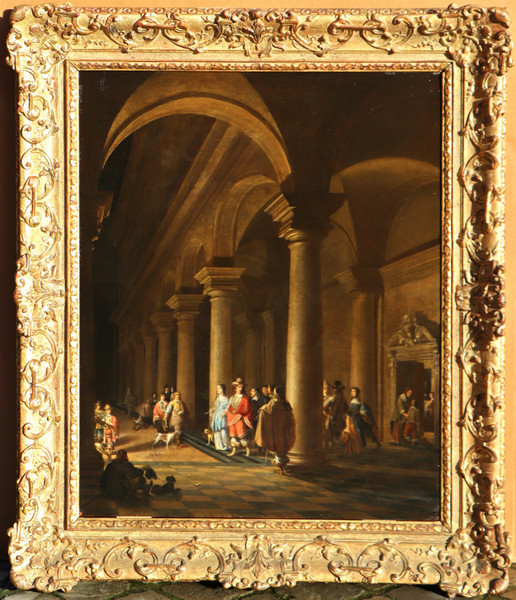Hans Jurriaensz. van Baden
"Courtyard scene"
9.000 €
"Courtyard scene"
9.000 €
Bartholomeus van Bassen
"Agamemnon, Clytemnestra and Iphigenia"
12.600 €
"Agamemnon, Clytemnestra and Iphigenia"
12.600 €
Attributed to Antoon Gheringh
"Church interior"
4.000 €
"Church interior"
4.000 €
Nicolas de Gyselaer
"Church interior"
6.500 €
"Church interior"
6.500 €

Anthonie de Lorme
"Church interior at night"
10.000 €
"Church interior at night"
10.000 €
Jan van der Vucht
"A Classicist church interior"
10.000 €
"A Classicist church interior"
10.000 €
